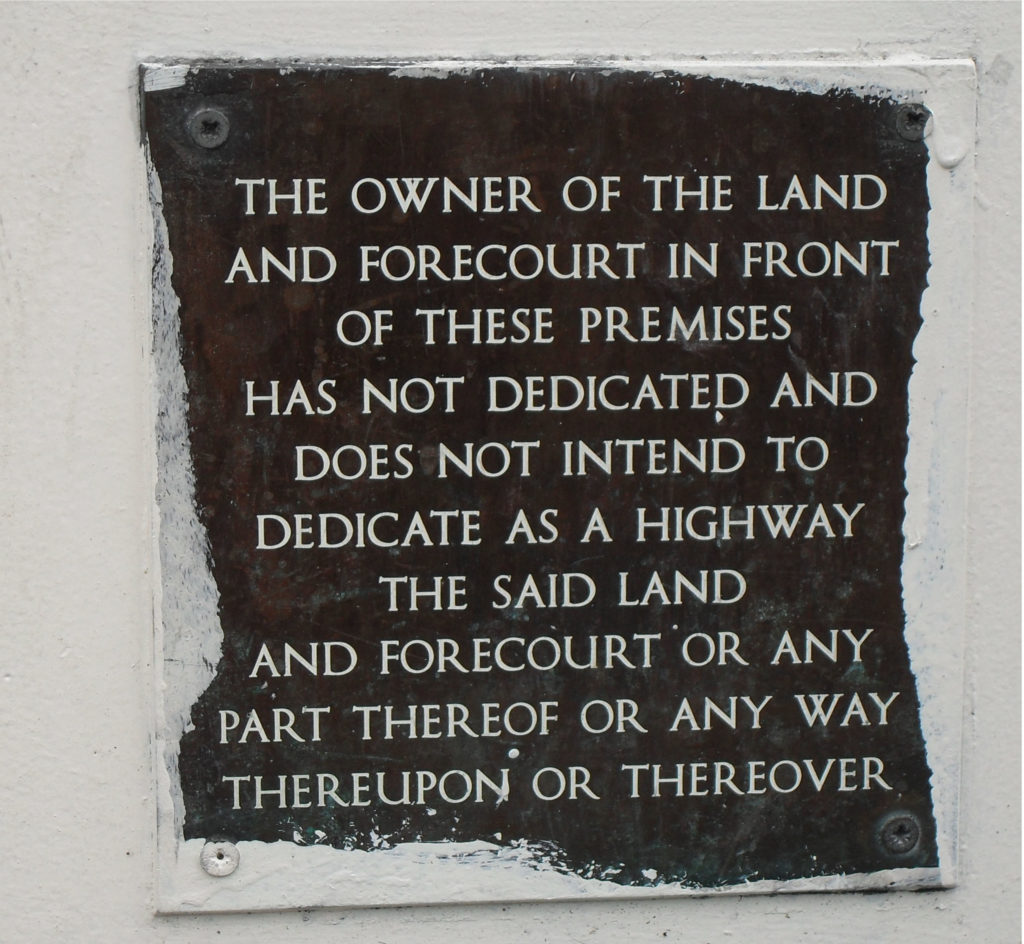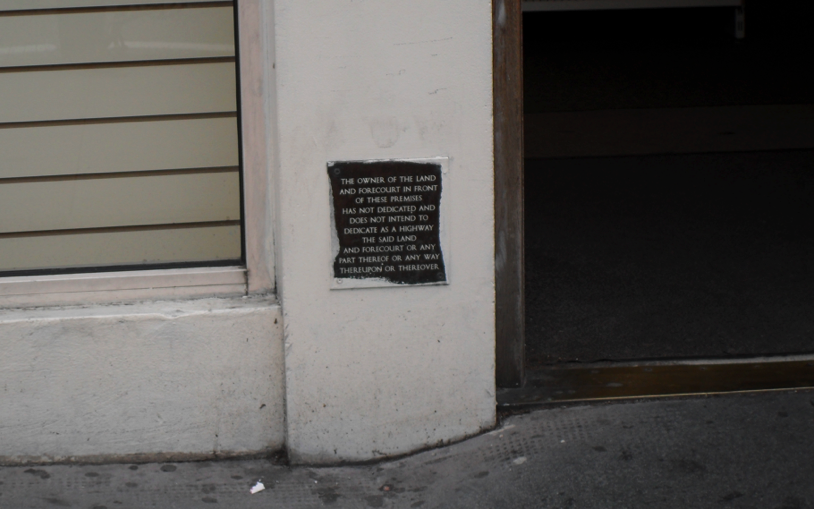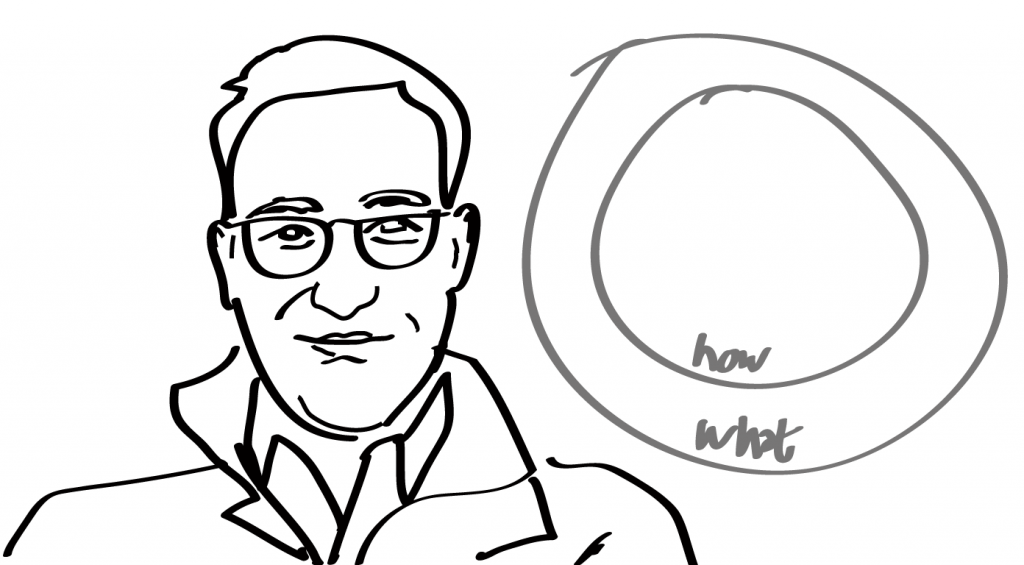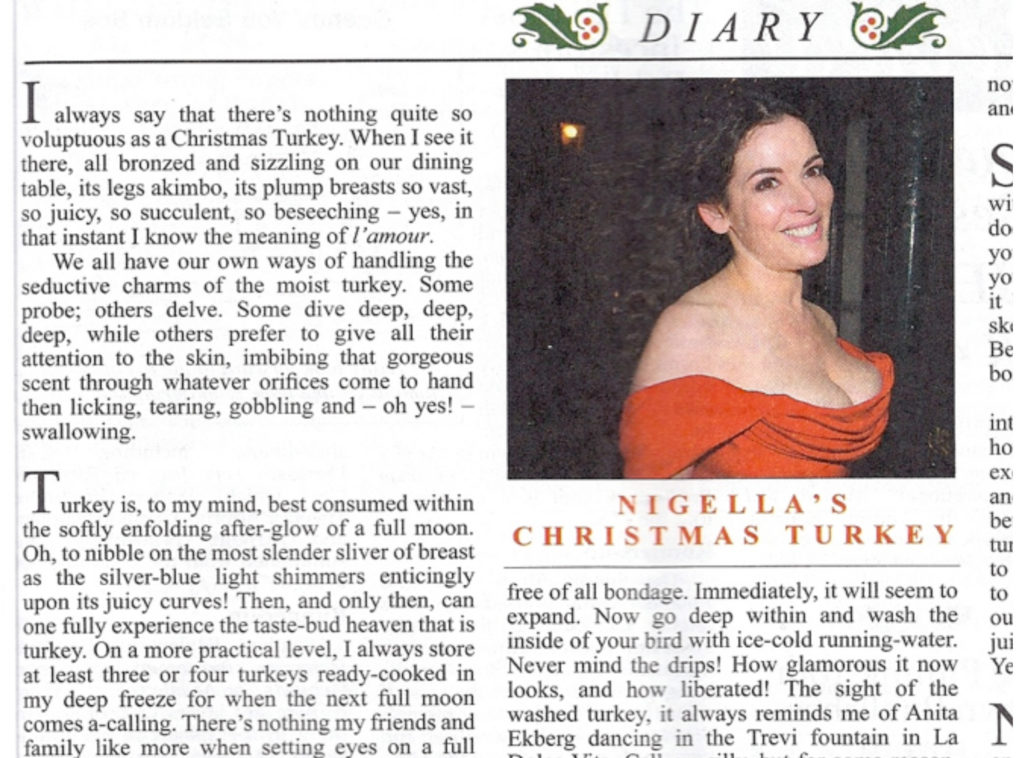The Fiat Coupe ad, copywriter Gideon Todes, art director Sally Bargman agency DMB&B 1995
When the ad launched, the car sold out and the second hand price of the car exceeded the list price for a new car. The ad itself was shot on what was then regarded as an unfeasibly small budget and the toys car you see in the middle of the commercial was actually sourced from my parents attic.
A few years ago organisations suddenly woke up to a question proposed by this man, Simon Sinek. He asked what is your Why? He pointed out that in a world where every product is on the way to being a commodity, the only thing that differentiates it, is the ethos and the why of the company that’s creating the product. And that if you start from the Why and works outwards you get more compelling communications than when you start at the commodity end and forget the why. The why of an organisation is really another way of saying what role does it want to play in our lives, and the biggest clue to that is the tone it uses to speak to us.
In the world of celebrity chefs there is plenty of competition. Nigella Lawson has created a niche for herself as the lover brand of chef. She can’t resist temptation, loves chocolate, the recipes may or may not work if you’re being precise, but hey, precision takes second place to passion. One of her most telling quotes is that she never understands people who forget to eat. “I never forget to eat,” she says.
And so all the passionate love of food with a hint of sexual desire get transmitted in her TV and writing. Here it is brilliantly spoofed by Private Eye’s Craig Brown.
 This is a brass plaque that used to live where the post office was in Kentish Town, London. It remains one of the most improbable and impenetrable sentences I’ve ever read. And yet it exists and presumably makes sense in some kind of context. That context will of course be a legal one, and to some lawyer maybe from another century it makes perfect sense. The point is, this communication is best and perhaps only understood in terms of a contract that lies outside the communication itself.
This is a brass plaque that used to live where the post office was in Kentish Town, London. It remains one of the most improbable and impenetrable sentences I’ve ever read. And yet it exists and presumably makes sense in some kind of context. That context will of course be a legal one, and to some lawyer maybe from another century it makes perfect sense. The point is, this communication is best and perhaps only understood in terms of a contract that lies outside the communication itself.
One question that is very useful to ask is: What’s the contract that surrounds a piece of text? Is it a coercive context like a legal framework? Or is it a persuasive context like an advertising poster? Every piece of writing has a contract and it’s usually implicit.
A broadsheet newspaper might be: Pay to read this and we will give you thoughts ideas and information that is reasonably accurate and will make you look more informed in your social and business interactions. We will be interesting enough for you to want to read.
A parking ticket and parking signage has a very different contract: Read this carefully or not, it’s up to you. Fail to understand what we mean and we’ll tow your car away anyway.
The less well a parking signage is written the more revenue the council can collect. It’s one of the reasons signage is often so difficult to fathom.


